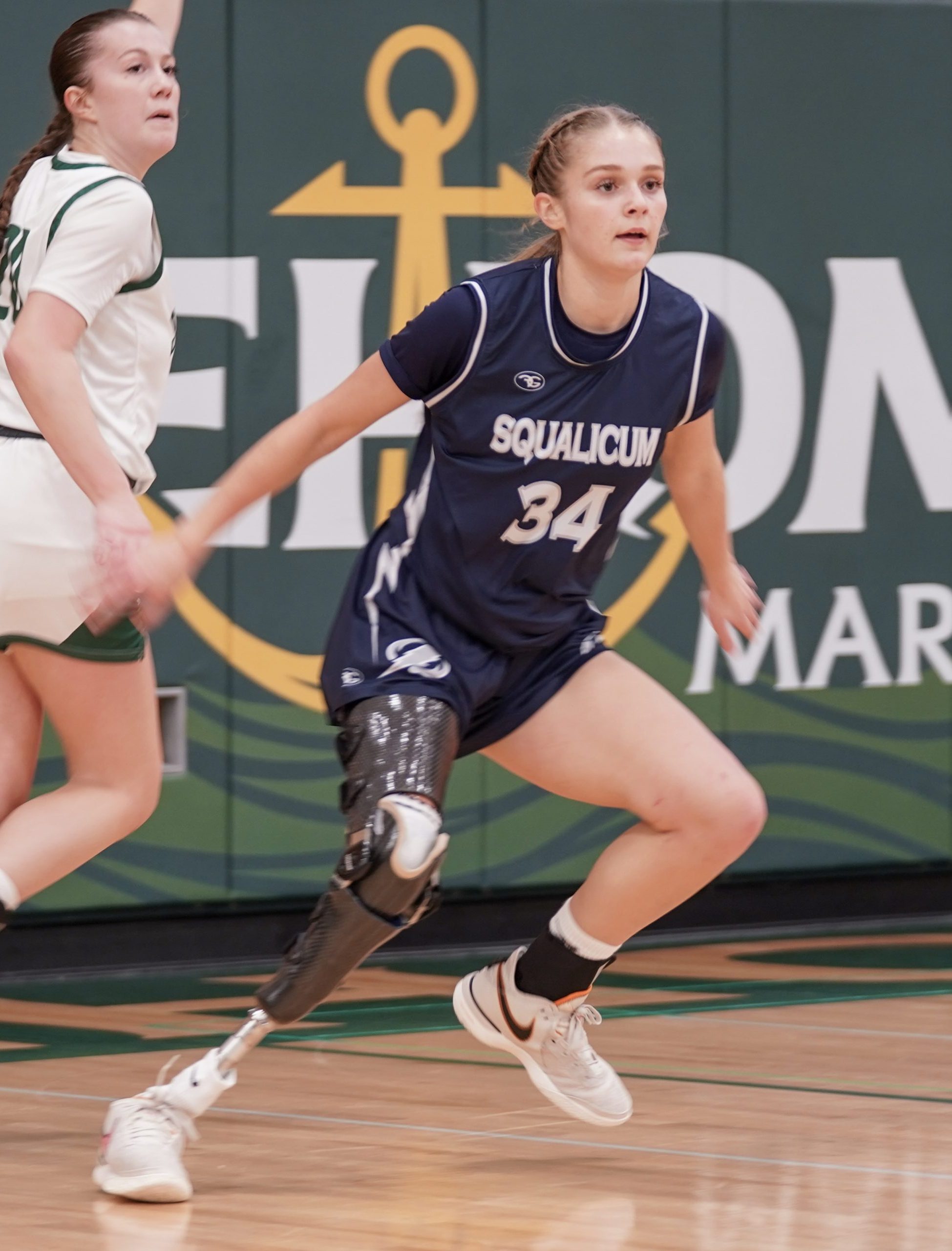Like most high school freshmen, Addison Kettman doesn’t want to be different. But she is and not just because she plays basketball with an artificial limb.
The 15-year-old Squalicum student not only made the varsity team but is among the first players off the bench for the Storm. She’s played in all but one quarter in the team’s first four contests and is averaging 5 points a game.
“It’s hard to imagine even running on that,” Squalicum coach Jenalyn Brown said of Kettman’s prosthetic limb. “Basketball is a high-impact sport. You’re sprinting, you’re jumping, you’re flinging yourself on the ground, which she had no problem doing. She does an incredible job with it.”
Although she also played soccer growing up, basketball is definitely Kettman’s sport.
“I like the competitiveness of it,” she said. “You have to be very locked in all the time. It’s a serious sport. I grew up playing sports, and it became part of my life.”
And while her athletic ability despite the physical challenge will put her in the public spotlight, that is not what makes her special according to those who know her best.
“She’s always been mentally tough,” said fellow Squalicum freshman Carli Kiesau, who has played and been friends with Kettman since they were in second grade. “She just gets right back up, it doesn’t matter how hard she fell.”
Mari Binning, Kettman’s first cousin and a senior standout for Squalicum, said what makes Kettman different has nothing to do with her physical traits.
“She’s probably one of the (mentally) strongest people I know and the most hard working,” said Binning. “When she wants something she’ll get it. She wants to be the best that she can be.”
Lest you get the impression that the stern-faced guard who isn’t afraid to play in-your-face defense against girls three years older is who Kettman is off the court, listen to her teammates describe her personality.
“She’s funny and fun to be around,” said Kiesau. “She’s got a lot of friends and makes friends easily.”
“She’s sweet and very caring,” said Binning. “She has a very good heart and is inspirational.”
Her coach tried to sum up the real Addison Kettman. “She’s smart, beautiful, funny, and a good athlete,” said Brown. “But that (being an athlete) is probably how she wants to be identified.”
But Addison’s story isn’t like those of most high school athletes. In fact, it might be unique in Washington state.
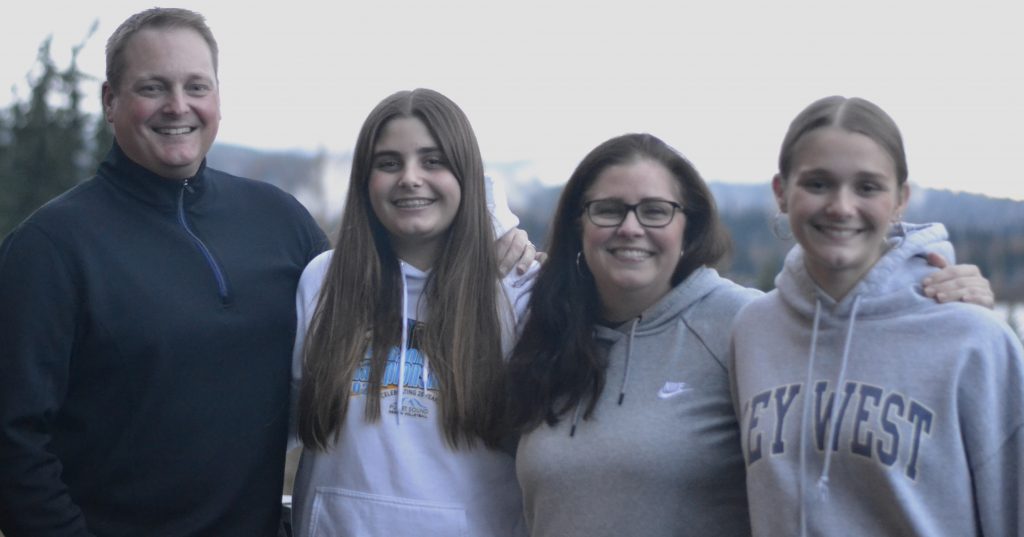
“Something wasn’t right”
The same day Ryan and Shannon Kettman found out their first child was going to be a little girl, the doctor said the ultrasound showed something else.
“The doctor told us something wasn’t right,” said Addison’s father. “We found out at 20 weeks that she had fibular hemimelia.”
The birth defect is rare and while not genetic, the cause is unknown. What is known is that it affects usually one limb and foot; in Addison’s case her right fibula bone was missing, the tibia was bent, and several toes were missing.
Unfortunately, there were only two options: ongoing reconstructive surgeries during her youth — perhaps as many as 20 — or amputation below the right knee and a prosthetic leg. After doing research and hearing from adults who had gone through both, they choose the second option.
“That was a big decision and there were a lot of scary thoughts,” said Ryan.
Fortunately, the Kettmans had access to Seattle Children’s Hospital and one of the top limb-difference specialists in the country. And at 11 months, tiny Addison began her new journey.
“After some recovery period, she learned to walk with a little cast,” said Ryan, who was quickly corrected by Shannon who said the cast wasn’t so little. “That’s all she’s ever known.”

The Kettmans still return to Children’s Hospital several times a year. Because the disease continues to affect her leg, she has had five surgeries over the years and her prosthesis needs to be constantly repaired or renewed as she grows. Her parents estimated that she had about 15 “legs” over her lifetime.
“Each time she’s had (a surgery), she has to relearn how to walk,” said Shannon. “There have been some tough recoveries.”
The Kettmans praised the medical staff at Children’s Hospital and especially a program where families going through similar experiences would be able to meet.
“When she was a baby, we met with a family and saw their (5-year-old) girl running down the hallway getting her leg adjusted, and it was so comforting,” said Shannon.
“(The last time) we went back there, there was a family that was going to be going through the same thing, and I think their child was 2. They had a lot of questions about mostly peers and concerns about school and what will she experience. Then seeing her (Addison) … and we exchanged Facebook and they could see videos of her doing sports; it was really helpful for the family.”
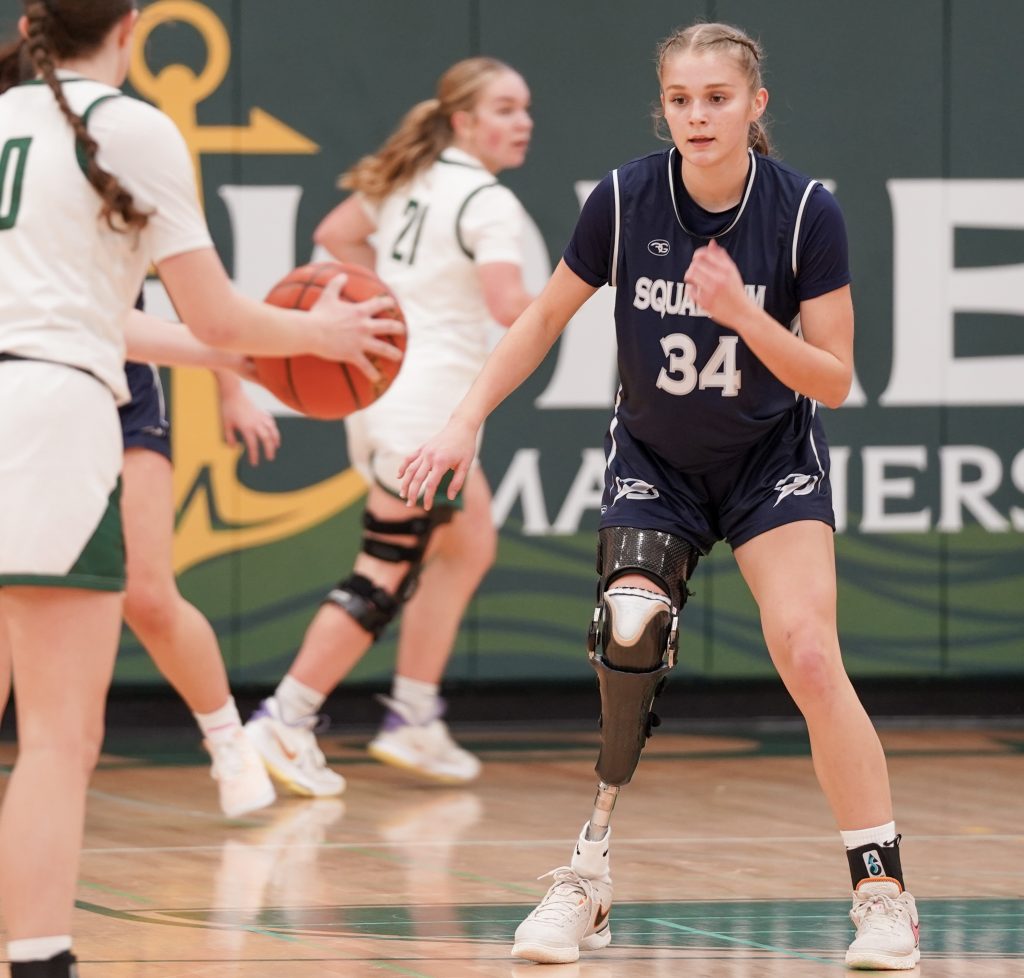
“I wanted to prove people wrong”
While Addison might have looked different, right from the beginning her parents made sure that her difference didn’t define her.
“We’ve never parented in a way that allowed her to use it as an excuse,” said Ryan. “Ever since (she was little) it’s not been anything that we’ve really ever dwelled on, because she’s turned out to be who she is. Even as a kid it never held her back.
“We never ever use the word ‘disabled.’ Everyone has their own challenges and this just happens to be a challenge that people can see, We talked to her about how there are people that have challenges that you can’t see.”
It turned out that a challenge is something Addison wasn’t afraid of. In fact, it motivated her, especially in the athletic arena.
“I remember starting soccer,” she said. “I loved soccer and wanted to be a professional soccer player. The main thing is I just wanted to beat people and prove people wrong. I’ve always had it (competitiveness).”
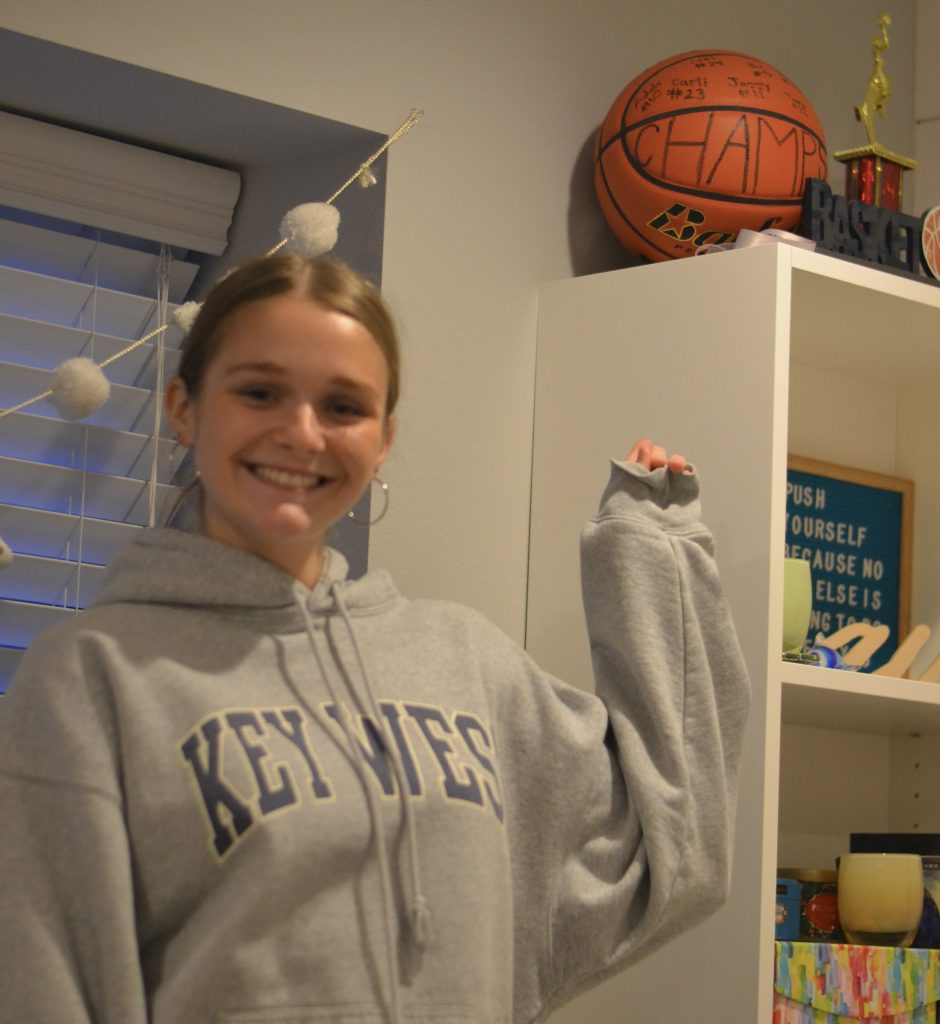
That little Addison was competitive and interested in sports isn’t much of a surprise considering her bloodline.
Ryan was a star on Sehome’s 1996 basketball state championship team — which many consider the best in state history — and would go on to be a three-year starter at Western Washington University. And Shannon (nee Binning) was a standout on Sehome’s state teams in the mid-1990s.
But it was little Addison’s drive and determination that pointed her to soccer and eventually basketball.
“If she had a different personality, we would have suggested her trying other things that wouldn’t be impacted by that,” Ryan said. “But as she became who she is, it was obvious to us she wanted to compete and she wanted to be doing things with all these other kids. And she was able to compete with them at every level.”
Shannon remembered how in elementary school, Addison would beat the older girls in PE running tests.
“He was so proud of her,” Shannon said of the PE teacher, Jerry Prather. “That competitiveness of hers is like no other. You have to tell her to take it easy; she’s always been like that.”
It didn’t take long for people to recognize her ability rather than her “disability.”
“I stopped noticing it after the first week or two,” Kiesau said of when they were young. “Addison competed with all of us equally or better.”
Ryan said any snide remarks from other children never lasted long. “The equalizer has always been when you’re out on the playground … and she’s doing everything they can do so that went away,” he said.
Brown, who took over the Storm program only last year, didn’t know anything about Addison when Ryan invited her to come out to a practice to see his AAU team practice since several on the squad were eighth-graders headed for Squalicum.
“I didn’t even notice she had a prosthetic leg,” said Brown. “Not only is she working with that but she’s diving for a loose ball and sinking her free throws after being knocked to the ground. She’s tough … it’s really remarkable.”
In all her years of coaching and playing, had Brown ever seen anyone like Addison?
“I looked it up today and there’s like two examples (in the nation). So, no, I’ve never seen this and I don’t know if anyone else has,” the coach said.
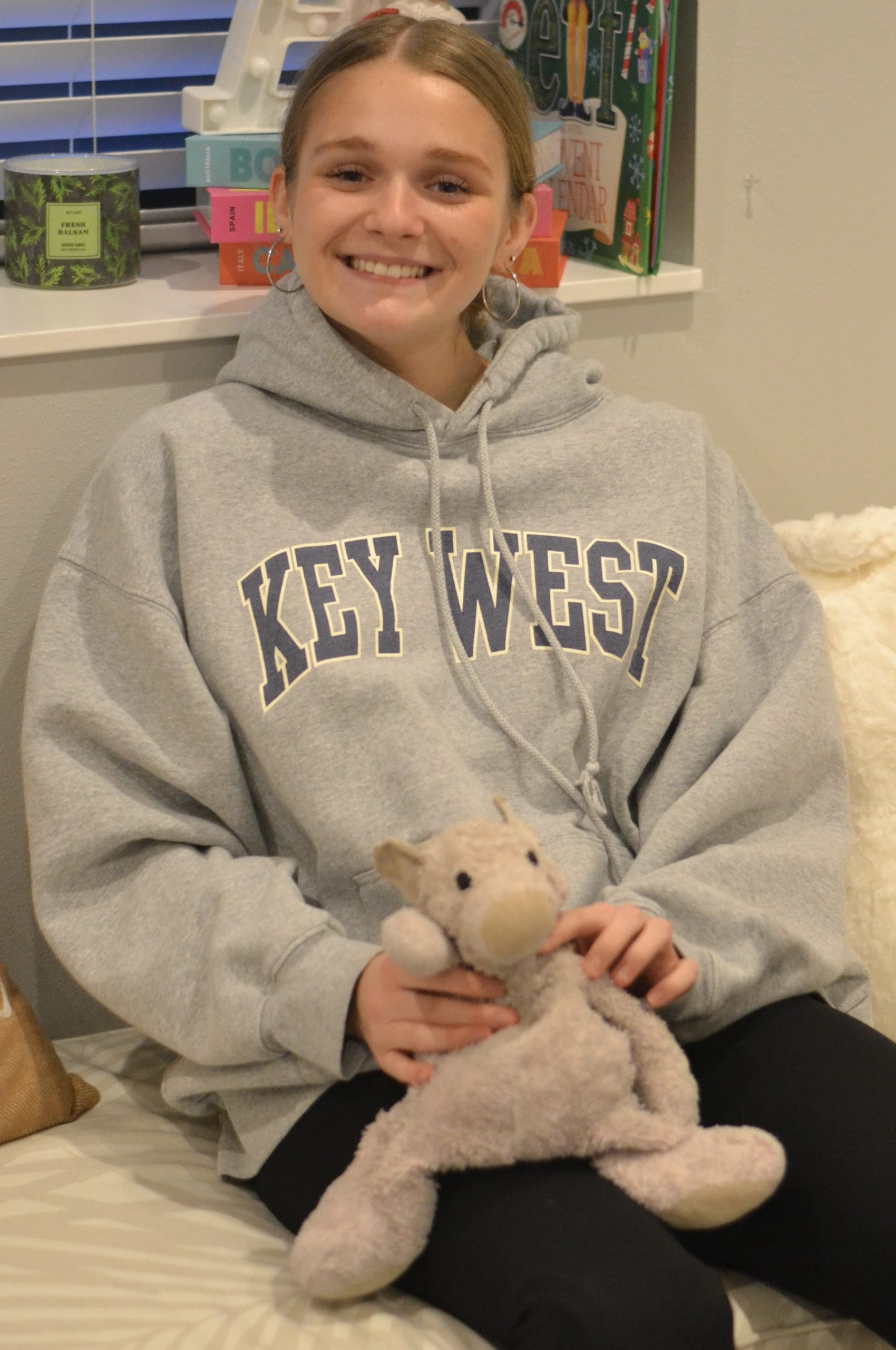
“She can move people and inspire people”
Despite the smiles, the family’s sense of humor — they enjoy sharing how Addison once told some kids she lost her leg in a shark attack — and the positiveness that pervades the Kettmans’ home as much as the bright Christmas decor, it hasn’t been easy for Addison.
Both the family and Brown remember the knee injury Addison sustained last summer. For anyone else, a torn MCL might mean missing several months of sports. For Addison, it might mean ending her athletic career and preventing her from doing day-to-day activities.
“It really hurt (Addison),” Brown said of the episode. “I was choked up. I didn’t want to have to tell her that she couldn’t play the rest of the team camp. We had to think long-term … we had to be sure the leg was safe at the high school level. It turns out we’re fine.”
Brown helped Addison work through the official process with the WIAA, which governs high school sports in Washington state. Some states don’t allow athletes to compete with any prosthetic limbs, but that also turned out fine.
Now Squalicum has another outstanding freshman — one of five on its varsity roster. And Addison definitely has a role among her peers.
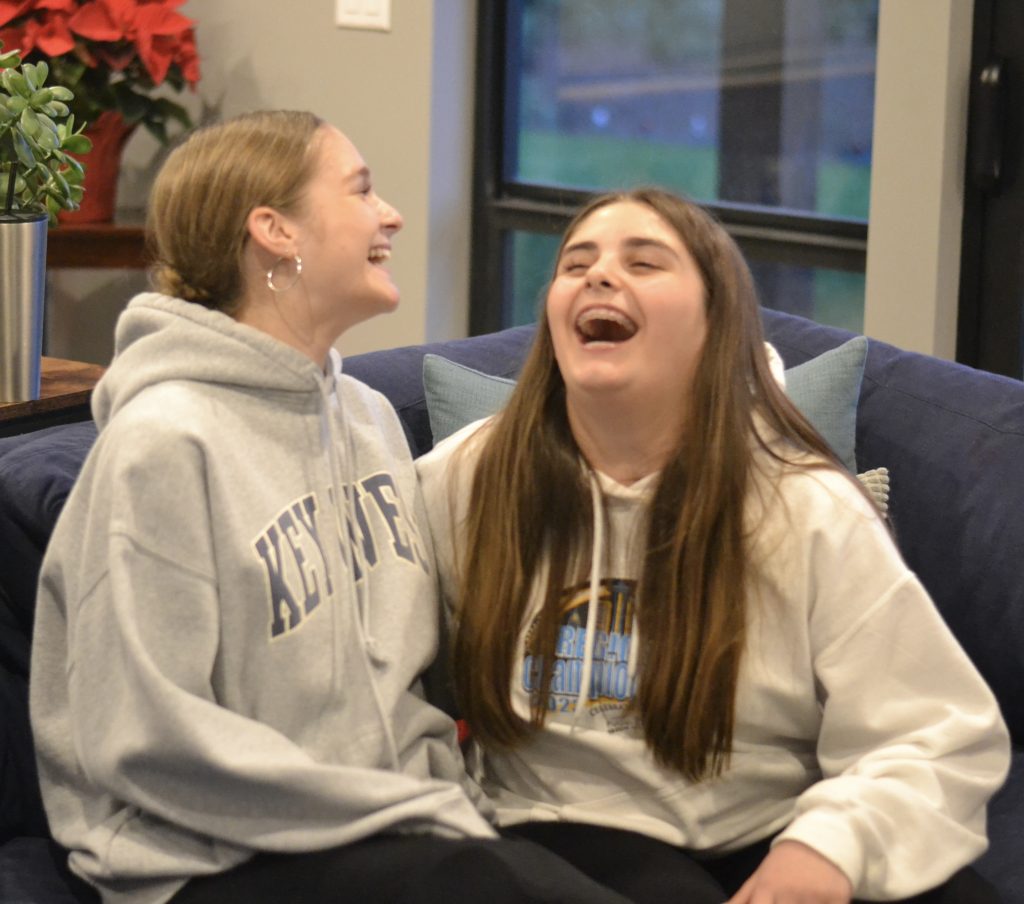
“She’s so kind,” said Brown. “Her service-based mindset lends itself to be a quiet presence. She smiles on the bench, which is reassuring to the players. She’ll carry the balls, ask if I need anything, definitely cheers the other kids on. Adds is the leader … every team needs that.”
But there is an emotional toll. As Brown reminded, “she’s still just 15.”
“I can vividly remember talking to my Mom, not liking it and wanting to have two normal legs,” Addison said. “You see people on Instagram that have two normal ones … that was probably my biggest insecurity, the toughest thing growing up.
“It’s just the appearance, (but) I want that (two legs). I’m able to do everything but I don’t want to be the one person to stand out. I’d rather blend in.”
But Addison Kettman won’t blend in, even after she finishes growing and she’ll be able to wear a “cosmetic” leg that looks real rather than just the “robotic” limb she needs for intense physical activity.
She won’t blend in because she is special.
“A lot of people look at her and (underestimate) her,” said Mari. “Then she completely balls out and destroys. In that aspect, she can move people and inspire people to do things they want to do even if there’s struggles in it.”
Good friend Carli summed it up best: “She’s a good role model for a lot of people.”
No matter how different they are.

